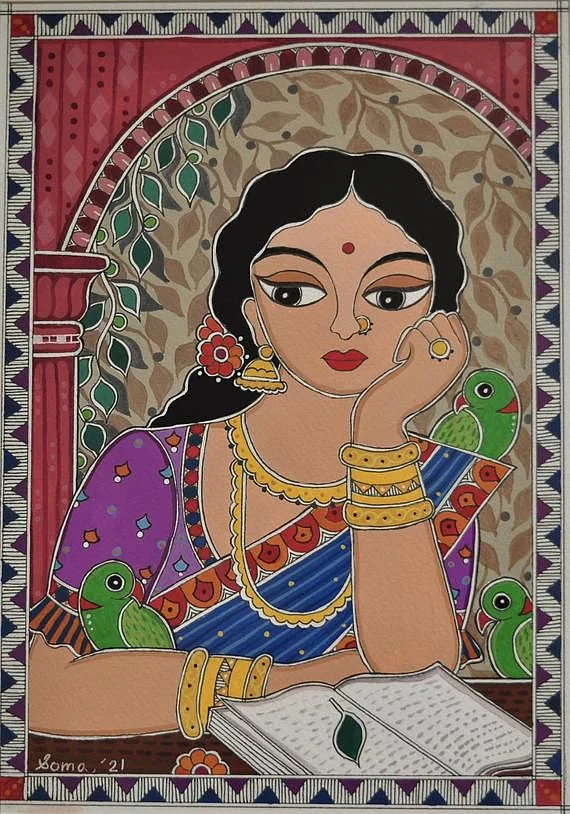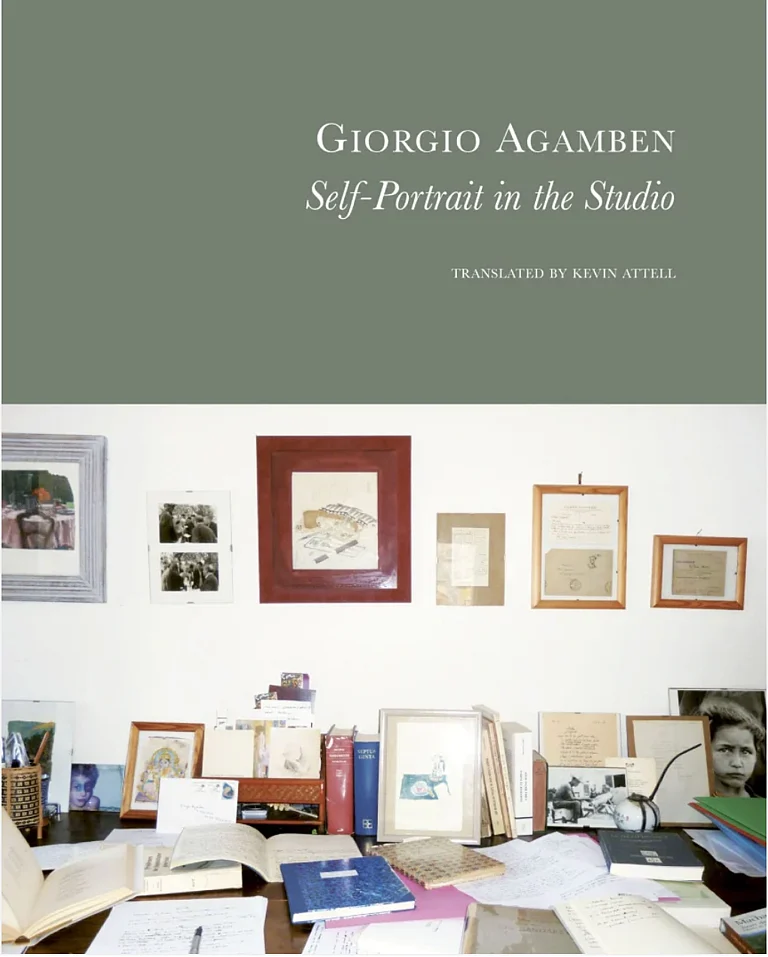India’s top most renowned art form, Madhubani (also called Mithila art) has a fascinating tale of its preservation and origin. Let’s unveil this impressive journey of Madhubani art and see how these ephemeral wall sketches were passed down through generations of women verbally over centuries.
Madhubani art form is known for its bold colours, vibrance and maximalist patterns. These distinguishing features sets the art style apart from all other art styles, making it easily recognizable. Originating from the Mithila region of Bihar, this art style is not a mere visual treat, it is the evidence of the hard work of many generations of women artisans. While both men and women have contributed to the survival of this artistic legacy, it's mainly the efforts of women artisans that have carried this art form forward.
Traditionally, Madhubani art had its place on Mud walls of houses as a decoration and a symbol of prosperity. The Crafting of this art, uses uncomplicated elements such as fingers, twigs, matchsticks, brushes and nib-pens. Additionally, colours for this are prepared with natural materials like Rice powder, turmeric, cow-dung, red-clay flower, leaves and berry extract. Women creating these sketches would often depict connection to nature, natural objects, like the sun and the moon, scenes from mythology, epics like Ramayana and Mahabharata and religious plants like Tulsi. Typically, there exist no gaps in Madhubani paintings making them easily recognizable, each and every corner filled with flowers and patterns.
Origin and Preservation:
Initially the art of Madhubani was introduced and cherished by the women of Mithila, coming from various different communities. Later on, the practice was orally passed down from mother to daughters for centuries. This oral tradition of passing the legacy combined not just the art and techniques but also the stories emphasizing the cultural significance of the artwork. It played a role in amplifying the experiences and voices of women. The use of natural dyes and pigments further strengthened the connection of the art form with its surrounding environment.
Discovery of the exquisite:
While the initial canvas for Madhubani art was the mud walls within homes, in the 20th century there was a significant shift. In the year 1934, the devastating earthquake in Bihar brought these paintings into global attention. This revelation encouraged the use of cloth, paper and canvas for crafting Mithila art designs. With this newfound flexibility, this captivating art gained widespread appreciation and popularity.
Contribution to Women Empowerment:
Today, Madhubani is internationally recognised as a captivating traditional art form of India. The drastic expansion of the popularity of this art style has significantly empowered women artisans who are contributing to the preservation of this cultural heritage. Through the medium of art making, women artisans are earning their livelihood leading themselves to financial freedom and an improved lifestyle.
Nonetheless, this journey has been far from facil, requiring major dedication of the women who successfully passed on this over generations. Impacted by the global recognition, the demand for Madhubani art has been increasing, making the artists involved more vulnerable to exploitation. In response to this challenge, several programs have been put into action to ensure fair trade practices and generate sustainable income opportunities for women artisans.
Looking Forward:
Madhubani art stands as evidence to the perseverance of cultural heritage of Indian women artisans. Those who found creativity within themselves and made their own canvases. While the role of the women artisans will remain significant to its survival and growth, it is crucial to cherish this artistic legacy as an inspiration for the future generations.



























